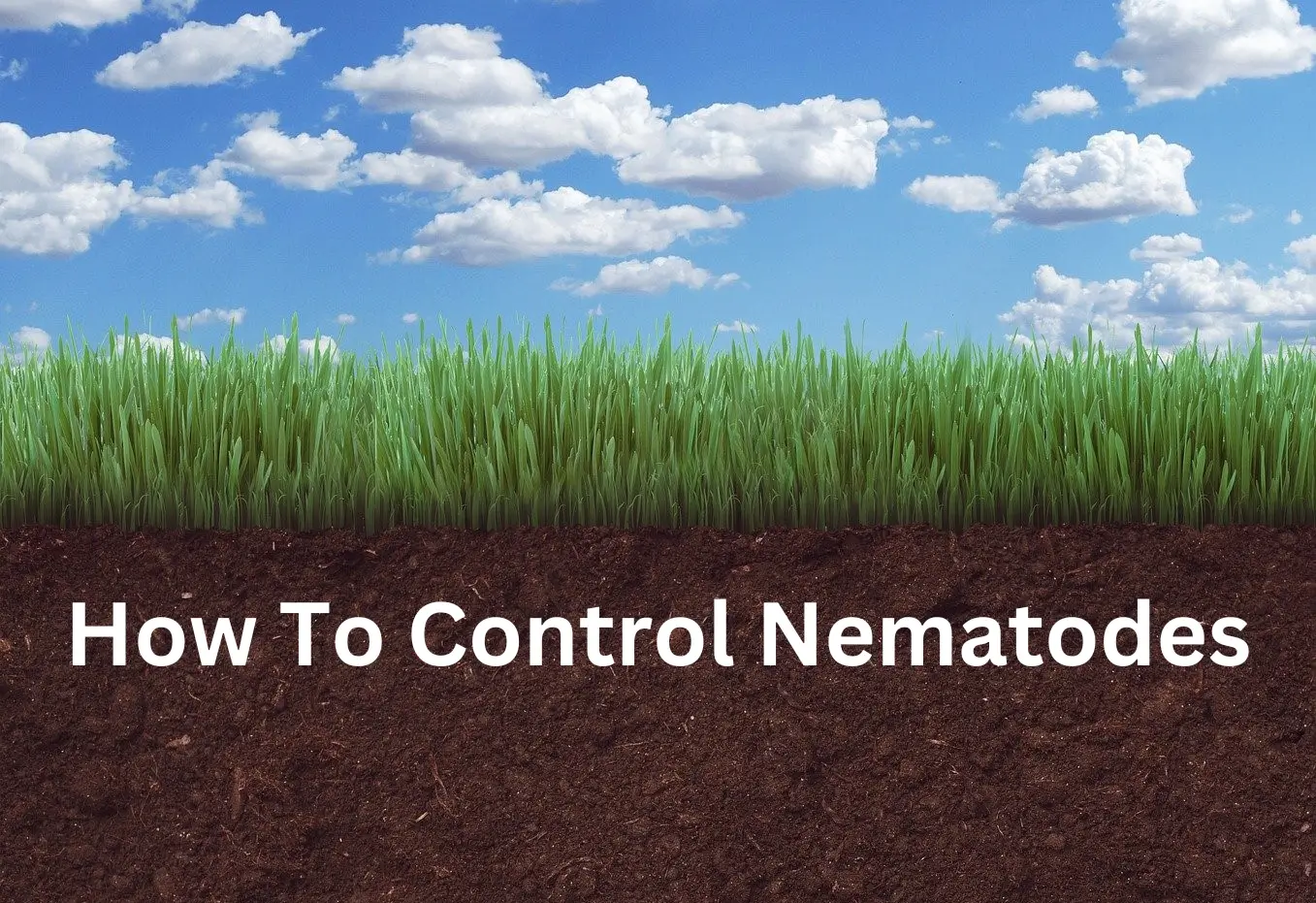How To Control Nematodes
How To Control Nematodes. Nematodes, also known as roundworms, are microscopic, cylindrical creatures found in soil. They are present in virtually all ecosystems and play a vital role in nutrient cycling and organic matter decomposition. However, some nematodes are parasitic and can cause damage to plants, including grasses, shrubs, and trees. Understanding the life cycle, symptoms, and management strategies of these pests is essential for maintaining healthy plants.
Life Cycle and Damage: Plant-parasitic nematodes feed on plant roots, stems, or leaves, causing damage that can lead to stunted growth, wilting, and even death. There are several types of plant-parasitic nematodes, including root-knot nematodes, lesion nematodes, and ring nematodes. These nematodes lay eggs in or on plant roots, which hatch into juvenile worms that burrow into plant tissues. These juveniles then mature and reproduce, continuing the life cycle.
Symptoms
Detecting nematode infestations can be challenging, as their presence is often not immediately visible. However, there are several signs to look for, including:
- Reduced plant vigor: Plants affected by nematodes may exhibit stunted growth, yellowing of leaves, and poor overall health.
- Root damage: Nematode damage often appears as galls, lesions, or root necrosis. In severe cases, root systems may be significantly weakened or destroyed.
- Wilting: Nematodes can damage the root system, impairing the plant’s ability to absorb water and nutrients. As a result, plants may wilt, even when soil moisture is adequate.
Prevention
Preventing nematode infestations is crucial for maintaining healthy plants. Follow these strategies to reduce the risk of nematode damage:
- Soil testing: Regularly test your soil to monitor the health of your lawn and identify potential nematode issues before they become problematic.
- Proper plant selection: Choose plants that are resistant to nematodes, as they are less likely to be damaged by these pests.
- Crop rotation: Rotate crops or plant species to break the nematode life cycle and reduce their populations.
- Sanitation: Carefully clean and disinfect tools and equipment to avoid spreading nematodes between plants.
- Mulching: Use organic mulches, such as wood chips or compost, to help suppress nematode populations.
- Soil amendments: Adding organic matter to the soil can help promote a healthy ecosystem that is less susceptible to nematode infestations.
- Organic Gardening: Try to avoid using any chemicals including chemical fertilizers on the soil. They harm the delicate ecosystem in the soil by killing many helpful bio-organisms. Natural soil is a collection of symbiotic relationships of a vast number of living things. Once you get it out od sync, it’s a lot of work getting it back to it’s previous state. Always remembering, an ounce of prevention is worth a pound of cure.
Treatment
If nematodes are already present in your soil, there are several treatment options:
- Biological control: Introduce beneficial nematodes, such as Steinernema and Heterorhabditis, which can help control destructive nematode populations.
- Chemical control: We never advise the use of chemical nematicides, or any other hazardous chemical to combat nematode populations. Always be aware of the fact that these chemicals are extremely dangerous as they can also harm beneficial organisms and may have negative environmental impacts. By killing indiscriminately, a toxic chemical kills beneficial life as well as the pest you’re trying to control. This destroys the natural balance of the ecosystem of your garden, yard or surrounding areas. The added risk to human life has to be taken into consideration as well because they can make people very sick or cause many health problems due to exposure to these toxic chemicals.
- Cultural control: Remove and destroy affected plants to prevent the spread of nematodes. Additionally, solarize the soil by covering it with clear plastic for several weeks to increase temperatures and kill nematodes.
Natural Predators
There are several natural predators of nematodes that can help control their populations. Some of these beneficial organisms include:
- Predatory mites: These tiny arthropods feed on nematodes, as well as other pests like thrips and spider mites. Some species, such as Hypoaspis miles, are effective at controlling root-knot nematodes.
- Nematophagous fungi: Several species of fungi, such as Arthrobotrys and Dactylella, can parasitize nematodes by trapping and consuming them. These fungi can be introduced to the soil as a biological control method.
- Entomopathogenic nematodes: These nematodes are parasites of insects and can help control pest populations, indirectly reducing the availability of food sources for plant-parasitic nematodes.
- Beneficial bacteria: Some bacteria, like Pasteuria spp., can infect and kill nematodes. These bacteria can be introduced to the soil as a biological control agent.
- Earthworms: Earthworms are known to consume nematodes as part of their diet, making them a natural predator in the soil ecosystem.
Encouraging the presence of these natural predators can help maintain a healthy balance in the soil and reduce the impact of plant-parasitic nematodes. This can be achieved by improving soil health through practices such as adding organic matter, avoiding excessive tillage, and promoting a diverse ecosystem of beneficial organisms.
How To Control Nematodes
By understanding the life cycle of plant-parasitic nematodes, recognizing the signs of infestation, and implementing preventative and control measures, you can maintain a healthy, vibrant lawn and garden free from nematode damage.
